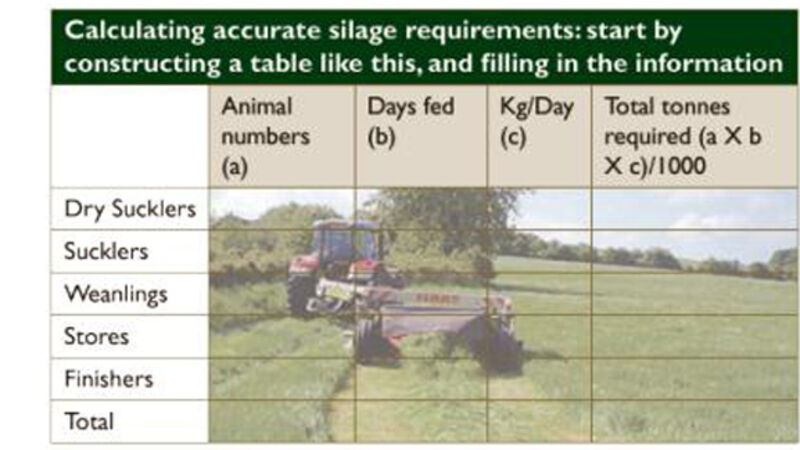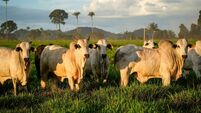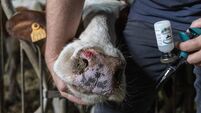Silage costs you at least €28-32/t

Even though many have not finished feeding silage yet this spring, next season’s crop must be planned for.
Temperatures look like being suitable for growth over the coming week, and hopefully beyond.
Have you calculated your silage requirements for next winter?
Firstly you should calculate the feed stock being carried over from last year’s crop. As a rough guide, length multiplied by width by height in feet, and divided by 50, will give you total tonnes in the pit. This is a rough guide, as the dry matter percentage of the silage (and the clamp height) will determine actual volumes.
Grass silage production is getting more and more expensive every year. Unfortunately, its quality can be variable, depending on weather, cutting date and grassland management/reseeding policy. Too much poor or average silage in the pit may in fact increase your overall production costs.
First cut grass silage typically costs you €28-32 per tonne, depending on yield, or €250 per acre on your own land.
When you include land rental, reseeding, liming, fertiliser, weed control and contractor charges, these figures rise sharply. With the prices currently being paid for rented land, silage is getting very expensive.
Make sure that you produce more silage than your requirements, but try to make sure that it is of good feed value. Build in a 15-20% safety valve to provide for a longer winter, due to poor weather, poor growth etc.
How much will each animal eat? The following guidelines are based on a silage of 20% dry matter.
Dry suckler cows will typically consume 45-50 kg silage per day, it will depend on if you are feeding straw or not.
Sucklers with calves will consume 50-55 kg of silage per day, along with some concentrates, to provide sufficient milk production.
Weanlings will eat about 2% of their own body weight in dry matter, of which silage will usually make up 75-80%. For example, a 300 kg weanling will eat 6 kg of dry matter, and 75% of this equates to 22 kg of fresh silage per day.
Stores will typically consume mostly silage during winter feeding, perhaps 80%-85% of their total feed intake.
For example, a 500 kg store will eat 35-40 kg of silage daily Finisher may not be so dependent on grass silage for winter feeding, because they may have access to alternative forages such as beet or maize.
On a finishing diet, depending on breed and sex, an animal will consume 2%-2.5% of their body weight in dry matter.
During this period, total intake may be split, 50% forage and 50% concentrate. For example, a bullock of 600kg will eat 12-15 kg of dry matter, which equates to about 25-35 kg of fresh silage daily.
Silage quality targets Cutting better quality silage earlier will result in improved animal performance, with less dependence on purchased concentrates. This tactic will ultimately reduce your overall production costs next winter.
The one way of improving the quality of silage you produce is to cut it earlier than you traditionally would. So that you can cut early, watch that you don’t apply too much nitrogen.
I know that most contractors charge by the acre; but producing quality rather than bulk must be your goal, once you have adequate volume. Your cutting date is obviously all down to weather, ground conditions, stocking rate, contractor availability, units of nitrogen applied etc.










